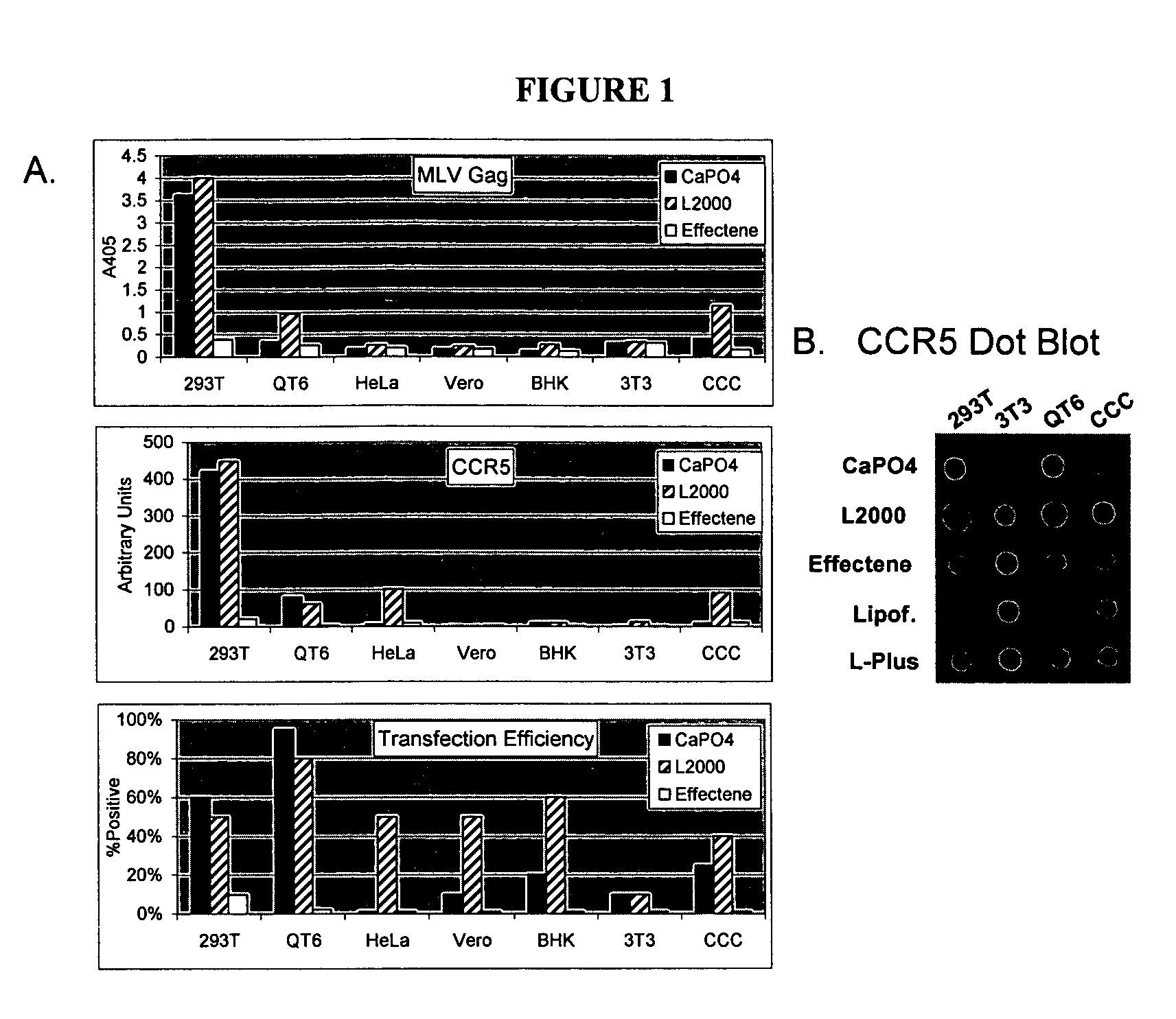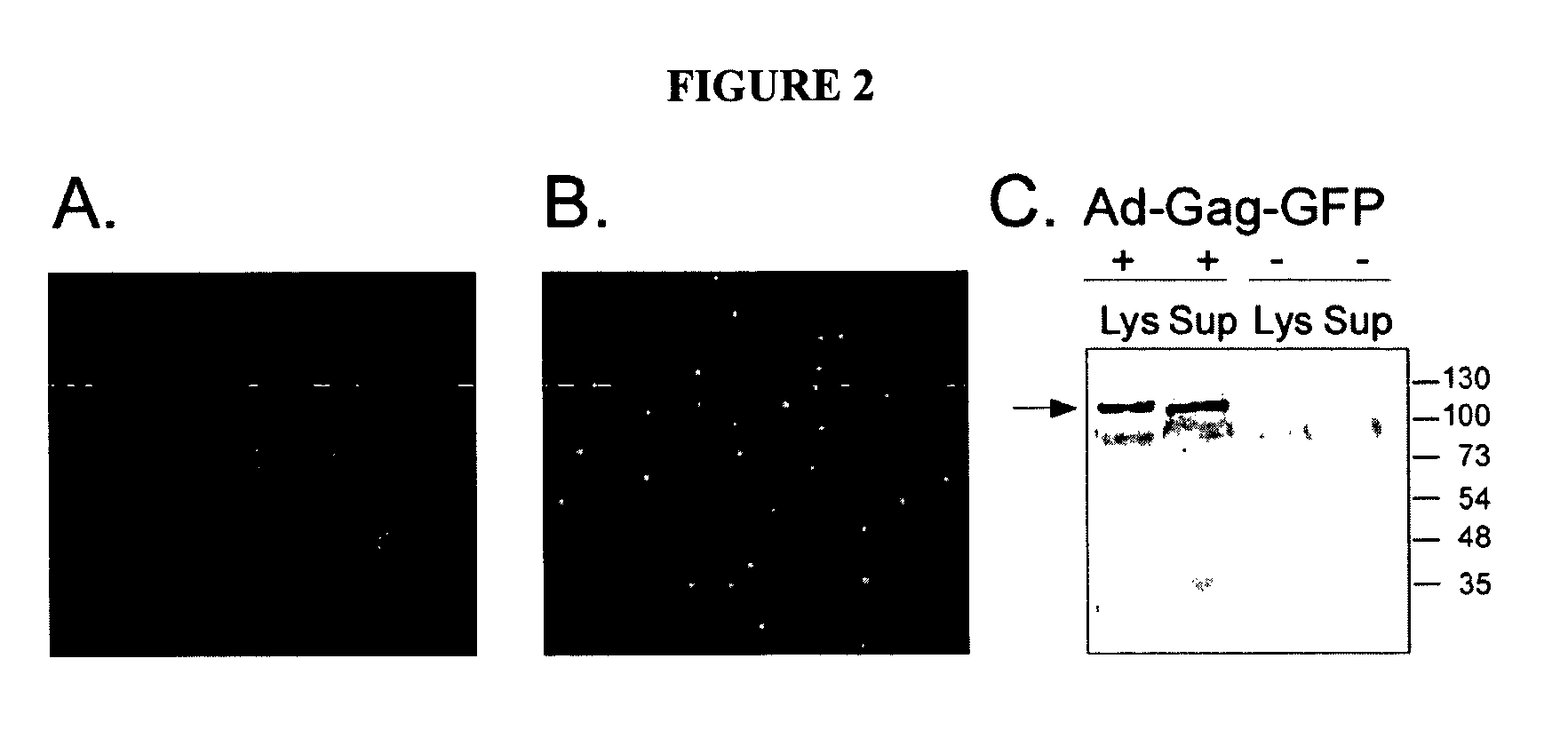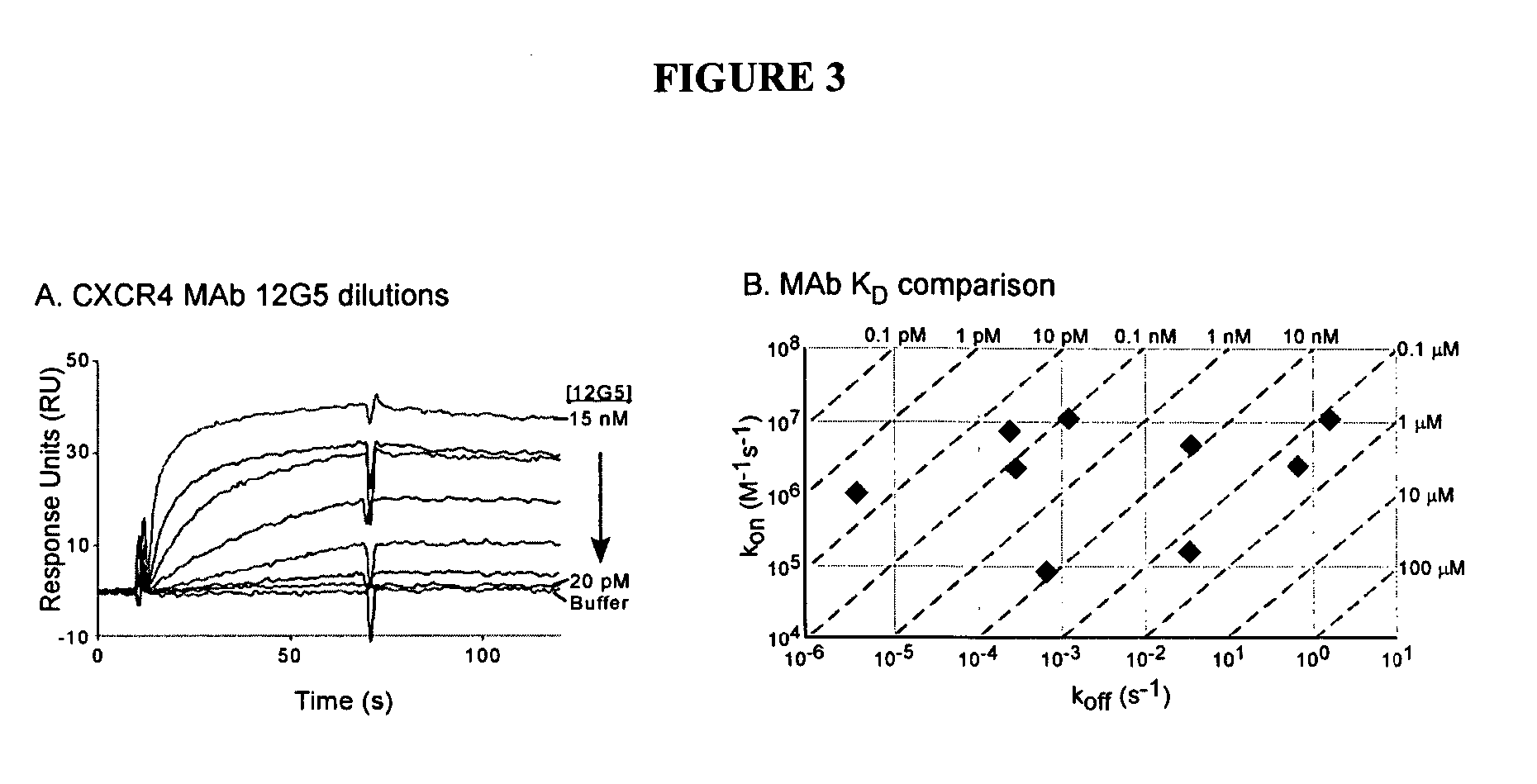Despite their importance, proteins that span the membrane multiple times present a unique set of challenges for ligand binding and
drug discovery studies because they require a lipid environment to maintain
native structure.
While detergent conditions can occasionally be found that allow
native structure to be maintained in solution, this is an empirical and very time-consuming process, and even then stability is only transient.
As a result, interaction studies involving membrane proteins typically use whole cells or vesicles derived from
cell membranes, where the
protein of interest is but a minor component, making both adequate sensitivity and specificity more difficult to achieve.
Cells also have severe limitations in their application to biosensors and other microfluidic devices, most notably in their size, sensitivity to environmental conditions, and heterogeneous
cell surface.
However, membrane vesicles are heterogeneous, impure, and not particularly stable.
The techniques currently used to identify
pathogen receptor interactions are generally slow and laborious.
Such biosensors, however, have not been widely suitable for membrane proteins because: 1)
biosensor detection signals are a function of distance from the surface and structures larger than 200 nm yield poor signals (e.g. cells, membrane vesicles), 2) the purity of molecules tethered to the
biosensor surface is directly proportional to the
signal-to-
noise ratio, 3) the use of microfluidic channels limits the size of flow components, 4) the nature of
biosensor detection restricts nearly all such devices to soluble molecules, and 5) removal of membrane proteins from their native lipid environment destroys their structure.
Detergent-solubilized membrane proteins have been used to investigate
membrane protein interactions, although this approach has significant drawbacks.
In contrast, most of the probes used in research and diagnostics to interpret such cell events rely on simple end-point measurements of a single event, target, or phenomenon (e.g. fluctuations in cytosolic
calcium), and often fail to resolve the target to a sub-cellular location.
Most existing single-molecule probes possess inherent limitations in these properties due to difficulties in integrating complex targeting and reporting systems.
Although multiple probes can be introduced to simultaneously detect several events, most reporters cannot be targeted to desired cellular or subcellular structures to more accurately differentiate signaling events.
A major obstacle in constructing improved imaging probes is not simply the development of new reporter molecules, but the development of a suitably sophisticated format in which complex and multiple reporters can be linked, and, importantly, controlled for target localization.
Probes attached to viruses have been limited to antibodies or fluorescent proteins that typically have limited life-spans and have never reported anything more than the location of the
virus.
However, the implementation of such probes has generally been limited to materials (usually synthetic dyes) that can be encapsulated within a
lipid bilayer.
Functional enzymes and membrane proteins have been much more difficult to capture within such structures (Walde, et al.
Moreover, synthetic lipid vesicles are difficult to localize and often lack the stability necessary for wide-spread application.
Many biological structures, however, are not readily amenable to
microelectrode measurement, such as sub-cellular organelles and neuronal processes.
Moreover,
microelectrode techniques are difficult to automate for
drug discovery applications.
Many biological compartments, despite their importance in
biology, are not readily amenable to
ion or
voltage measurements using conventional technologies.
For example, some
intracellular organelles are too small to seal with a
microelectrode and cannot be readily labeled with a fluorescent dye or probe independent of the rest of the cell.
Historically, it has been difficult to generate good Mabs to many integral membrane proteins.
Traditional methods of immunization using purified proteins or peptides have limited application to membrane-bound receptors in which removal of the
protein from a lipid environment results in complete loss of conformation.
While antibodies can be elicited against peptides derived from
extracellular sequences of topologically complex receptors, such antibodies often react with the native
receptor inefficiently.
For example, many receptors, especially when over expressed within a cell, can reduce cell health, cause cell death, be cycled away from the cell surface, aggregate, denature, or have difficulty being translated, leading to poor expression.
Attempts to reconstitute such receptors in artificial membranes have proven difficult, though not impossible.
While this approach has proven successful for the generation of Mabs to the
chemokine receptors CXCR4, APJ, CCR2, CCR3, and CCR5, it has proven difficult for the generation of Mabs to the
chemokine receptors XCR1 (the Lymphotactin
receptor), CCR4, CCR7, CCR8, and CX3CR1 (the Fractalkine receptor).
In addition, most attempts have failed to produce high affinity Mabs to topologically complex receptors such as glucose transporters (e.g. Glut4),
ion channels (e.g. Kv1.3), and
amino acid transporters (e.g. MCAT1).
However, current methods still do not resolve the problems of transfecting membrane proteins into a cell.
Viruses are of great significance to the field of
medicine, but there are few techniques for quantifying and characterizing viruses due to their exceptionally small size.
Quantification of viruses can be especially difficult, with most researchers relying on infectious assays for quantification, an
assay that typically takes several days, requires
live virus, and detects only infectious virions.
In addition, the proteins that reside on the surface of lipid-enveloped viruses are also difficult to detect and quantify.
However, many membrane proteins can be relatively sparse, difficult to detect, and even more difficult to quantify on an absolute basis (Coorssen, et al.
All of these, however, suffer from a number of drawbacks: they are expensive, labor-intensive, time-consuming, and have not been used to study membrane proteins without the use of whole cells or membrane vesicles derived from cells.
One of the major limitations to many
in vitro analyses of protein binding is the requirement for the protein(s) of interest to be structurally intact and in solution in order for appropriate interaction with receptor to occur.
These proteins are notoriously difficult to purify and solubilize in their structurally-intact form, limiting the
ability to work with them.
As such, laboratory techniques involving such proteins are either non-existent or involve laborious preparatory steps.
The development of a DEN vaccine is particularly challenging because sequential
exposure to different serotypes of DEN actually increases (rather than attenuates) the likelihood of developing
dengue hemorrhagic fever in response to infection (Burke, et al.
A common limitation of these techniques is the time and complexity of the assays themselves, which usually require extensive
sample handling.
This renders them unsuitable for rapid screening of samples, for
automation, and for portability for field applications.
However, despite their advantages compared with traditional methods, assays that utilize living cells are limited in three main areas: 1) Dependence on living cells that require high maintenance and specialized
tissue culture facilities, rendering
miniaturization (due to
cell size and environmental requirements) and field application impractical or impossible.
2) Limitation in flexibility of
antigen recognition due to the clonal nature of cell
pathogen-receptors (such as BCRs), requiring extensive cell line development for detection of diverse pathogens or of mutants and variants.
GPCRs are thus extremely difficult to purify and manipulate experimentally, and their study relies on whole cells or
isolated cell membranes.
However, these formats suffer from poor receptor purity, stringent environmental requirements, and an inability to be miniaturized, prohibiting their application to emerging micro- and nano-scale detection technologies.
However, ‘end-point’ messengers such as
calcium flux or cAMP production are not stimulated by a number of important GPCRs and G proteins, and as such, the ligands and functions of many GPCRs remain unknown.
Integral membrane proteins present difficulties in all three of these requirements.
While soluble (secreted or cytoplasmic) proteins can be expressed at high levels within traditional E. coli and
insect cell expression systems, membrane proteins have been less successful, in part because these systems lack many of the (poorly understood) folding, membrane
insertion, and trafficking mechanisms used to express higher-order eukaryotic membrane proteins.
Oligomeric membrane proteins present even greater difficulties, as co-expression of subunits and
assembly systems are required for efficient production of structurally intact functional units.
In addition, the
membrane surface area of cells is limited, restricting the quantity of membrane protein that can be expressed in any given cell (e.g. compared to secreted and
intracellular proteins).
Comparable natural sources for other membrane proteins are rarely available.
Despite the successful large-scale expression of at least some membrane proteins, membrane proteins are still difficult to crystallize.
While soluble proteins can be readily purified from the cellular media (in the case of secreted proteins) or soluble cell fractions (in the case of cytoplasmic proteins), membrane proteins remain embedded within the cell where they are difficult to extract.
Removal of GPCRs (and most other multi-spanning membrane proteins) from their lipid
bilayer usually results in loss of their native structure.
Detergents can allow solubilization of some membrane proteins in their
native state, but this is an empirical and very time-consuming process, and even then stability is only transient.
Finding a detergent that keeps a membrane protein structurally intact, in
micelle form, and stable enough for purification is difficult; finding one that is selective enough to accomplish these things in the presence of a large amount of contaminating lipid and protein limits the choices of detergent even further.
Baculovirus systems are limited to particular cell types (most commonly
insect Sf9 or High Five cells), but result in very high levels of expression from the
polyhedrin promoter in serum-free growth conditions.
 Login to View More
Login to View More 


